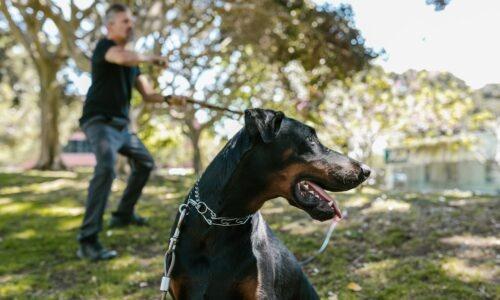OPTIMAL ROAD GEARING (for the rest of us)
BACKGROUND
Shimano’s latest Ultegra FC-6800 and Dura-Ace FC-9000 cranksets offer combinations not available by any other manufacturer. Shimano’s  4-arm pattern is designed so that there is no need for separate 110BCD and 130BCD cranksets.
4-arm pattern is designed so that there is no need for separate 110BCD and 130BCD cranksets.
WHAT IS BCD? – BCD, or Bolt Circle Diameter is the diameter of the circle formed by the stack bolts. Stack bolts are the small bolts that hold the chainrings to the spider of a crank.
In the past, most bikes came with full-size/standard gearing, mostly 53/39 chainrings. In order to support these larger rings, a 130mm BCD bolt pattern was used. The problem was that if 53/39 gearing was too big for you, the only option was to go out and buy another crankset, a 110BCD with 50/34 chainrings. This was called a ‘compact’ crankset. Shimano did away with all of this nonsense by redesigning their latest 6800 and 9000 cranksets to take ANY of their gearing, meaning, buy 1 crank set and you can easily interchange virtually any chain rings to achieve your needs. I say virtually since Shimano recommends a 16Tooth maximum difference between the large and small chainrings. Shimano’s current gear offerings, in the table above, range from a minimum difference of 10T (46/36) to a maximum of 16T (52/36, 50/34).
But, what if you want to push this difference further?
BACKSTORY
If you are like me, you can still ride pretty well but, we are getting older. At 60, I’m now looking for every advantage I can get to stay up with the younger guys. So far I’m doing pretty well being able to equal most racers that are 1/2 my age. One of the ‘advantages’ I started looking at was optimal gearing. Something that is slightly easier to spin than a 53 but also offers great climbing potential.
I’m currently using a Shimano FC-6800 crankset with 50/34 compact gearing. Out back is an 11/28 cassette. I am seeing more and more of these compact cranks, especially with the 50+ crowd.
The main reason I chose this solution was for its climbing potential. What a difference the 34 makes in the hills! I’m able to spin up with much less effort that grinding out hills with a 39.
But, the drawback is that going back down the hills, I spin out quickly. A 50T is especially difficult to use on our Wednesday AM ride – Oceanside through Camp Pendleton finishing with a sprint at Trestles. There are quite a few STRONG guys on this ride who lead out the sprinters at over 40 mph! At 36 mph, I’m spun out with the 50T chainring.
So I started researching a best-case solution. Knowing that all 6800 and 9000 chainrings are interchangeable on their respective cranksets, I just needed to stay close to the 16T recommended difference.
I was originally considering the 52/36, but I still really like 34.
My solution? I ordered a 52 chainring and kept the 34. I am now running a 52/34 (pictured above)! It gives me the speed I need for the Wednesday AM ride, plus great climbing ability.
Shifting performance? Shifting is not affected much…maybe a couple %. The 52/34 is only an 18T difference, which the Dura-Ace FD-9070 Di2 Front Derailleur handles like a champ. I’ve set the FD spacing to the top of the chainring to 1.5mm and shifting seems fine. Next, I want to experiment with setting the spacing to 3mm. In theory it might engage the big ring a little quicker.
So there you have it, the best of both worlds – high speed hammering and ease of hills.
Something to try if you are searching for better gearing!
RECENT FEEDBACK
A friend of mine uses a 52/36 and told me while he was out on a recent charity ride that one of the organizers had a 54/34 Di2 setup and loves it. Now that’s a 20T difference that still shifts fine!

I have always enjoyed bicycling and, through a series of coincidences, became a Bicycle Industry Consultant and Product Tester. I test prototype products for companies and have published only off the shelf production products on biketestreviews.com.



